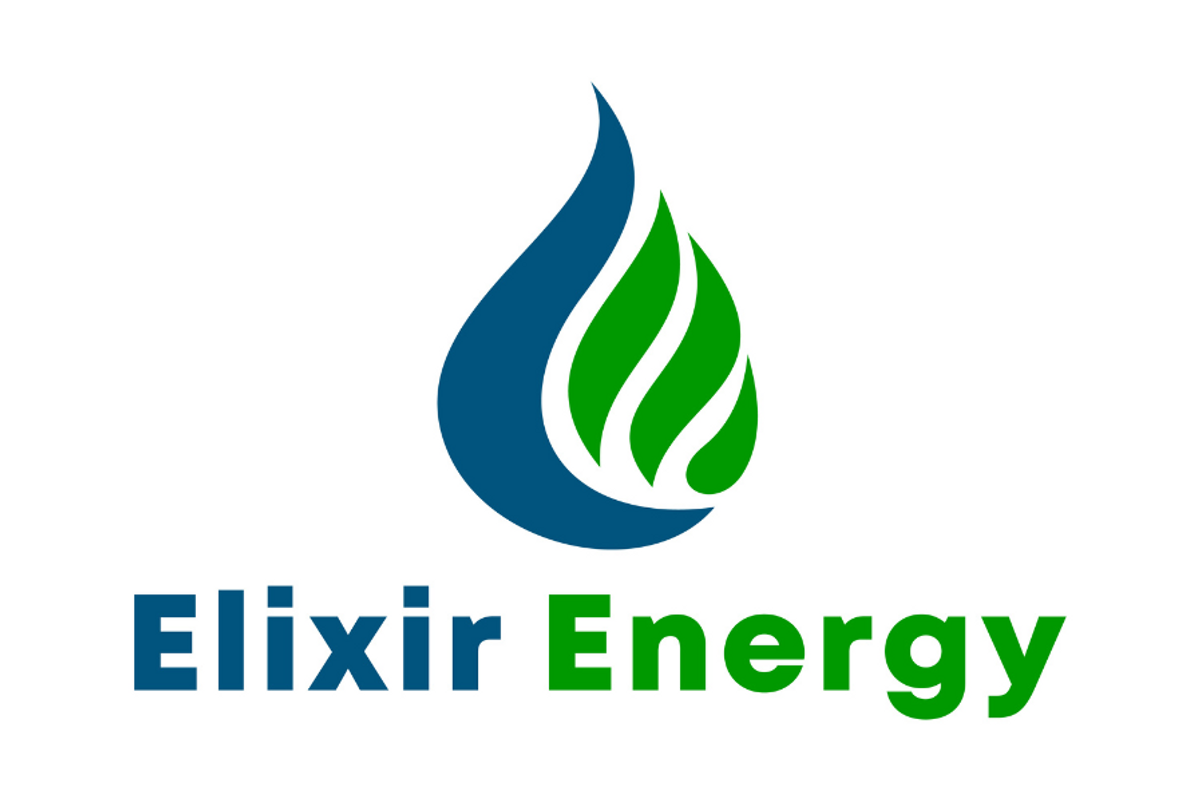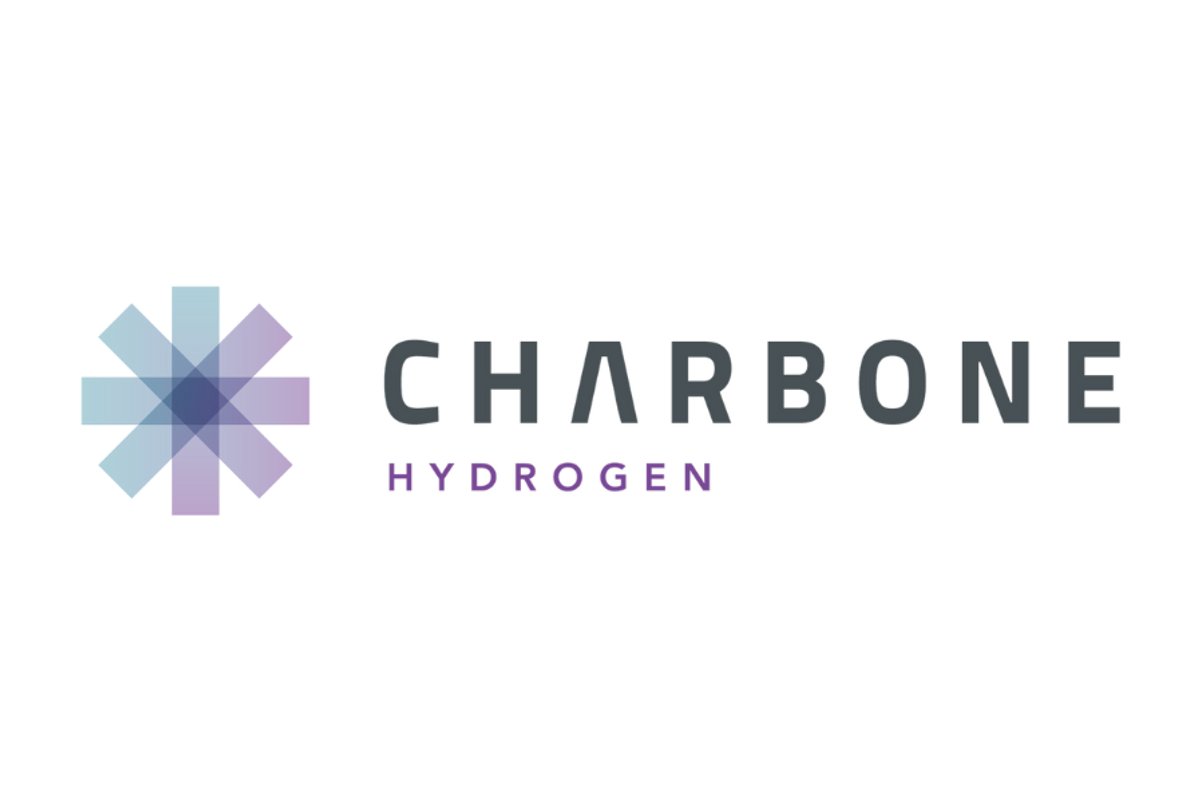Brossard, Quebec TheNewswire - June 25, 2025 Charbone Hydrogen Corporation (TSXV: CH; OTCQB: CHHYF; FSE: K47) (the "Company" or "CHARBONE "), North America's only publicly traded pure-play company focused on green hydrogen production and distribution, is pleased to announce that it has executed a Master Collaborative Agreement with Green Hydrogen ASIAPAC SDN BHD to support the deployment of its first dihydrogen Ultra High Purity (UHP) production flagship facility in Malaysia, based on the CHARBONE modular and scalable model. The decentralized distributed approach for end-users will be part of a new sustainable ecosystem in Malaysia and could eventually be extended to the Asia Pacific region, where CHARBONE could leverage its expertise.
Through the collaboration agreement, CHARBONE will provide experience in various areas of a complete project development, construction, and operation of the facility. This includes, but is not limited to, site selection, interconnection, power purchase and offtake agreements, front-end engineering and design (FEED), project financing, and the identification and selection of appropriate suppliers, such as engineering, production, and distribution equipment.
CHARBONE will share its extensive experience and knowledge gained over the last five years and monetize it. In return, it will diversify and increase its revenue stream through a collaborative approach that will be replicated with other partners and countries in the region, benefiting its shareholders who have been strong supporters of the CHARBONE model for years.
The Collaborative Agreement will provide CHARBONE with a single one-time fee that can be paid in cash or invested in the project. CHARBONE is currently negotiating similar agreements and arrangements with other partners in different regions of the globe.
" This agreement recognized all the efforts that CHARBONE has deployed over the last five (5) years to create a sustainable ecosystem model that works in the real world and not only in the North American market ," said Dave Gagnon, President and CEO of Charbone. He continued , " when you look at the current hydrogen market, you do realize that the two most promising markets are North America and Asia-Pacific, which we are starting now. "
" We are delighted to formalize this strategic collaboration with CHARBONE. Their proven modular and decentralized approach aligns perfectly with our vision to accelerate the adoption of green hydrogen in Malaysia and the wider Asia-Pacific region. By leveraging CHARBONE's unique expertise and advisory capabilities, we are confident that we will deliver a high-quality, scalable, and sustainable production project that will serve as a blueprint for future developments ," said Kamshul Kasim, Executive Chairman of Green Hydrogen ASIAPAC SDN BHD. He continued , " this partnership marks a significant milestone in our commitment to contribute to Malaysia's clean energy transition and to position ourselves at the forefront of the emerging green hydrogen economy in the region. "
About CHARBONE Corporation
CHARBONE is an integrated company specialized in Ultra High Purity (UHP) hydrogen and the strategic distribution of industrial gases in North America and the Asia-Pacific region. It is developing a modular network of green hydrogen production while partnering with industry players to supply helium and other specialty gases without the need to build costly new plants. This disciplined strategy diversifies revenue streams, reduces risks, and increases flexibility. The CHARBONE group is publicly listed in North America and Europe on the TSX Venture Exchange (TSXV: CH), the OTC Markets (OTCQB: CHHYF), and the Frankfurt Stock Exchange (FSE: K47). For more information, visit www.charbone.com .
Forward-Looking Statements
This news release contains statements that are "forward-looking information" as defined under Canadian securities laws ("forward-looking statements"). These forward-looking statements are often identified by words such as "intends", "anticipates", "expects", "believes", "plans", "likely", or similar words. The forward-looking statements reflect management's expectations, estimates, or projections concerning future results or events, based on the opinions, assumptions and estimates considered reasonable by management at the date the statements are made. Although Charbone believes that the expectations reflected in the forward-looking statements are reasonable, forward-looking statements involve risks and uncertainties, and undue reliance should not be placed on forward-looking statements, as unknown or unpredictable factors could cause actual results to be materially different from those reflected in the forward-looking statements. The forward-looking statements may be affected by risks and uncertainties in the business of Charbone. These risks, uncertainties and assumptions include, but are not limited to, those described under "Risk Factors" in the Corporation's Filing Statement dated March 31, 2022, which is available on SEDAR at www.sedar.com; they could cause actual events or results to differ materially from those projected in any forward-looking statements.
Except as required under applicable securities legislation, Charbone undertakes no obligation to publicly update or revise forward-looking information.
Neither TSX Venture Exchange nor its Regulation Services Provider (as that term is defined in policies of the TSX Venture Exchange) accepts responsibility for the adequacy or accuracy of this release .
Copyright (c) 2025 TheNewswire - All rights reserved.















